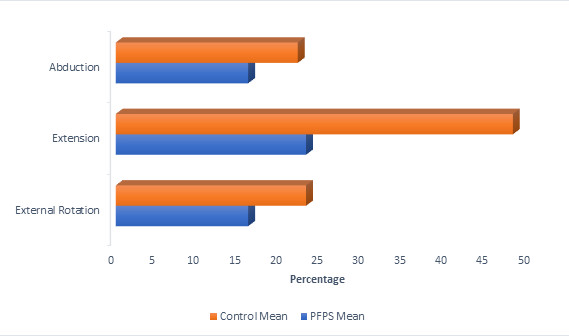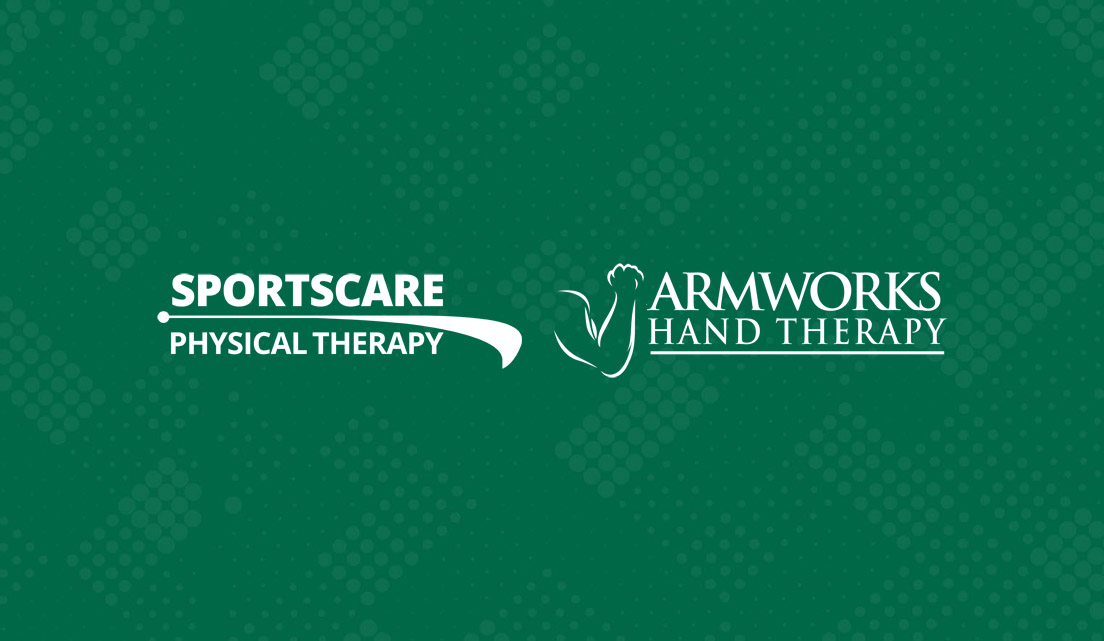 Patellofemoral pain is commonly thought to be related to abnormal tracking of the patella (knee cap) during loaded flexion and extension activities. The abnormal tracking increases joint reaction forces on the patella and may lead to increased stress on the articular cartilage. Various skeletal factors, such as an increased Q angle, quadriceps and hamstring strength imbalances and faulty ankle joint biomechanics, have all been implicated as possible etiologies. However, a current theory suggests that hip weakness may also be responsible for knee pain. Weakness of the abductors and external rotators of the hip may contribute to a decrease in eccentric control of femoral adduction and internal rotation during closed chain activities. This causes a medial rotation of the femur underneath the patella, which leads to knee pain.
Patellofemoral pain is commonly thought to be related to abnormal tracking of the patella (knee cap) during loaded flexion and extension activities. The abnormal tracking increases joint reaction forces on the patella and may lead to increased stress on the articular cartilage. Various skeletal factors, such as an increased Q angle, quadriceps and hamstring strength imbalances and faulty ankle joint biomechanics, have all been implicated as possible etiologies. However, a current theory suggests that hip weakness may also be responsible for knee pain. Weakness of the abductors and external rotators of the hip may contribute to a decrease in eccentric control of femoral adduction and internal rotation during closed chain activities. This causes a medial rotation of the femur underneath the patella, which leads to knee pain.
Hip Strengthening to Help Relieve The Pain
Physical therapists have been using hip strengthening to help relieve patellofemoral pain. To determine the influence of hip strength in the treatment of patellofemoral pain, Robinson, a private practitioner from Colorado, and Nee from Pacific University, Oregon, conducted a study using 20 females aged 12-35 years. Ten subjects had unilateral knee pain for an average of 35 months. Ten nonsymptomatic females within the same age range served as controls. Subjects who were symptomatic were administered the Anterior Knee Pain Scale to determine the level of disability in the experimental group.
All subjects underwent isometric strength testing of both limbs for hip abduction, extension and external rotation. Efforts were measured using a handheld dynamometer then strength values were normalized to subjects’ body mass. The mean of three trials was used as the strength score. A limb symmetry index (LSI) was used to normalize all hip strength data. This value compared any asymmetry between limb strength in the experimental group and the control group.
Symptomatic limbs in the patellofemoral pain group showed lower LSI values when compared with controls. In addition, the symptomatic limbs of the pain group subjects showed 52% less hip extension strength, 27% less hip abduction strength and 30% less external rotation strength when compared with the weaker limbs of the subjects in the control group (Figure 1).

These results agreed with a previous study by Ireland et al (J Orthop Sports Ther 2003) and lend support to the hypothesis that impairments in hip strength and patellofemoral pain are related. Evaluation of knee pain should not leave out the consideration of hip strength asymmetries, and treatment programs should implement strengthening of the hip musculature during rehabilitation to reduce pain and disability.
If you are experiencing knee pain, try working on some glute/hip exercises or give SportsCare a call. Our Physical Therapists are highly educated on this ailment and are eager to relieve your pain and get you back into the activities you love.
Robinson RL, Nee RJ. Analysis of hip strength in females seeking physical therapy treatment for unilateral patellofemoral pain syndrome. J Orthop Sports Phys Ther 2007;37:232-238.

